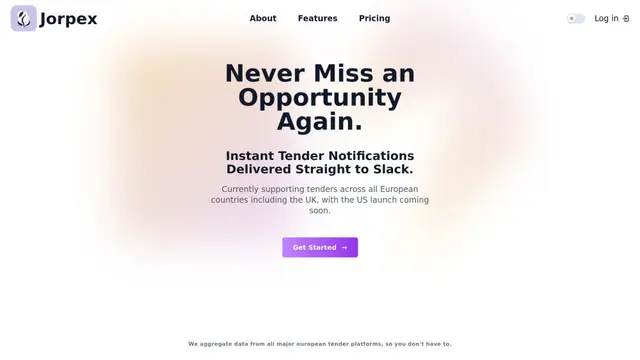WeAccess.ai Features
WeAccess.ai is an AI-powered digital accessibility solution that helps websites achieve WCAG 2.2 compliance through automated tools and features for various disability groups.
View MoreKey Features of WeAccess.ai
WeAccess.ai is an AI-powered digital accessibility solution that helps websites achieve WCAG 2.2 compliance. It offers a suite of tools including WeAnalyse for accessibility checking, WeTool for visual adaptations, WeSign for sign language translation, WePrinted for making printed materials accessible, WePhoto for image descriptions, and WeVideo for video captions and descriptions. The platform aims to provide sustainable, inclusive, and easy-to-use accessibility features for various disability groups.
AI-Powered Accessibility Analysis: WeAnalyse scans websites to determine accessibility scores, identify barriers, and provide editing suggestions according to WCAG 2.2 standards.
Adaptive Interface Tools: WeTool offers adjustable color contrast, text size, reading speed, and other customizations to accommodate different visual and cognitive needs.
Automated Alt Text Generation: WePhoto uses AI to automatically create alternative text descriptions for images on websites and social media.
Real-Time Sign Language Translation: WeSign provides AI-assisted translation of website content into sign language for hearing impaired users.
Use Cases of WeAccess.ai
E-commerce Accessibility: Online stores can use WeAccess.ai to make product listings, checkout processes, and customer support accessible to users with various disabilities.
Government Website Compliance: Public sector websites can ensure they meet legal accessibility requirements by implementing WeAccess.ai's comprehensive suite of tools.
Inclusive Education Platforms: Educational websites and online learning management systems can use WeAccess.ai to make course materials and interactive content accessible to all students.
Accessible Digital Publishing: Publishers can use WePrinted to create QR codes linking to accessible digital versions of printed materials like books, magazines, and brochures.
Pros
Comprehensive suite of accessibility tools covering multiple disability types
AI-powered features for automation and sustainability
Easy to implement without extensive technical knowledge
Cons
May require ongoing subscription for continued accessibility as website content changes
Automated solutions may not always capture nuanced accessibility needs
WeAccess.ai Monthly Traffic Trends
WeAccess.ai received 1.4k visits last month, demonstrating a Significant Decline of -52.5%. Based on our analysis, this trend aligns with typical market dynamics in the AI tools sector.
View history traffic
Popular Articles

FLUX.1 Kontext Review 2025: The Ultimate AI Image Editing Tool That Rivals Photoshop
Jun 5, 2025

FLUX.1 Kontext vs Midjourney V7 vs GPT-4o Image vs Ideogram 3.0 in 2025: Is FLUX.1 Kontext Really the Best AI for Image Generation?
Jun 5, 2025

How to Create Viral Talking Baby Podcast Videos with AI: Step-by-Step Guide (2025)
Jun 3, 2025

Best 5 NSFW Characters Generator in 2025
May 29, 2025
View More







